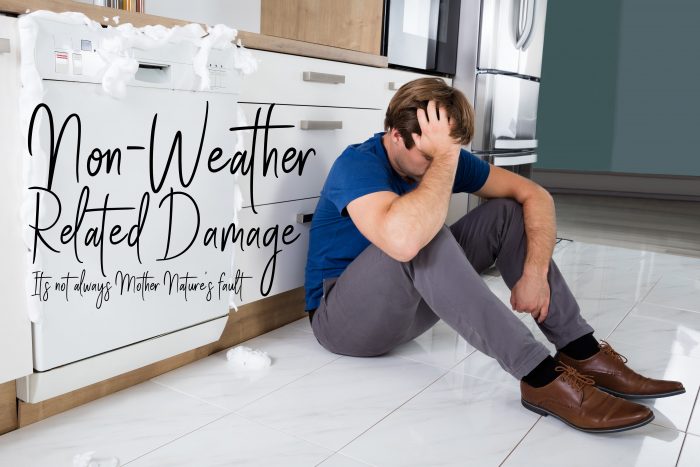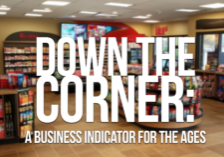Non-Weather Related Damage

You and your husband are just getting home from a week-long vacation. You’re feeling rejuvenated from not having worked for seven whole days. It was a very lovely time.
Your husband, being the sweetheart he is, decided to clean the house before you left. It’s the thought that counts, right?
Upon arrival, you turn on the lights, illuminating the living room. You find a trail of suds coming from the kitchen, soaking up your carpet. You take a deep breath and inch forward slowly. Reaching the kitchen, you realize the whole floor is covered in soapy water. The linoleum has started bubbling up due to water damage. You scream, because this is equivalent to the fright of a horror movie. Your husband comes running. “Oh, no,” he says, “I used the dish soap on the sink!”
Well, he learned the hard way that dish soap and dish detergent have different reactions in the dishwasher.
These kinds of accidents happen. We often discuss weather-related damage. What about non-weather related damages? You pay for insurance to cover the unexpected. Non-weather damages are caused by behavior (such as the example above), location of various appliances and plumbing, and characteristics of the structure.
Examples are:
- Frozen pipes
- Leaks from a faulty water heater or AC unit
- Faults in the plumbing
- Overflowing tubs and sinks
- Etc
There are a few precautions you can take to try to prevent anything bad from happening. During the winter, you can leave your faucets dripping slightly to help prevent frozen pipes. Replace the hose on your washer every five years. Always check on your appliances to make sure they are up to date and working properly. This can save thousands of dollars in damages in case something goes wrong in the future.
Some homeowners policies focus more on weather-related damage, so adding additional coverages can ensure the possibility of non-weather related damages to be covered. Check with your insurance agent about adjusting your policy to better fit your needs.










